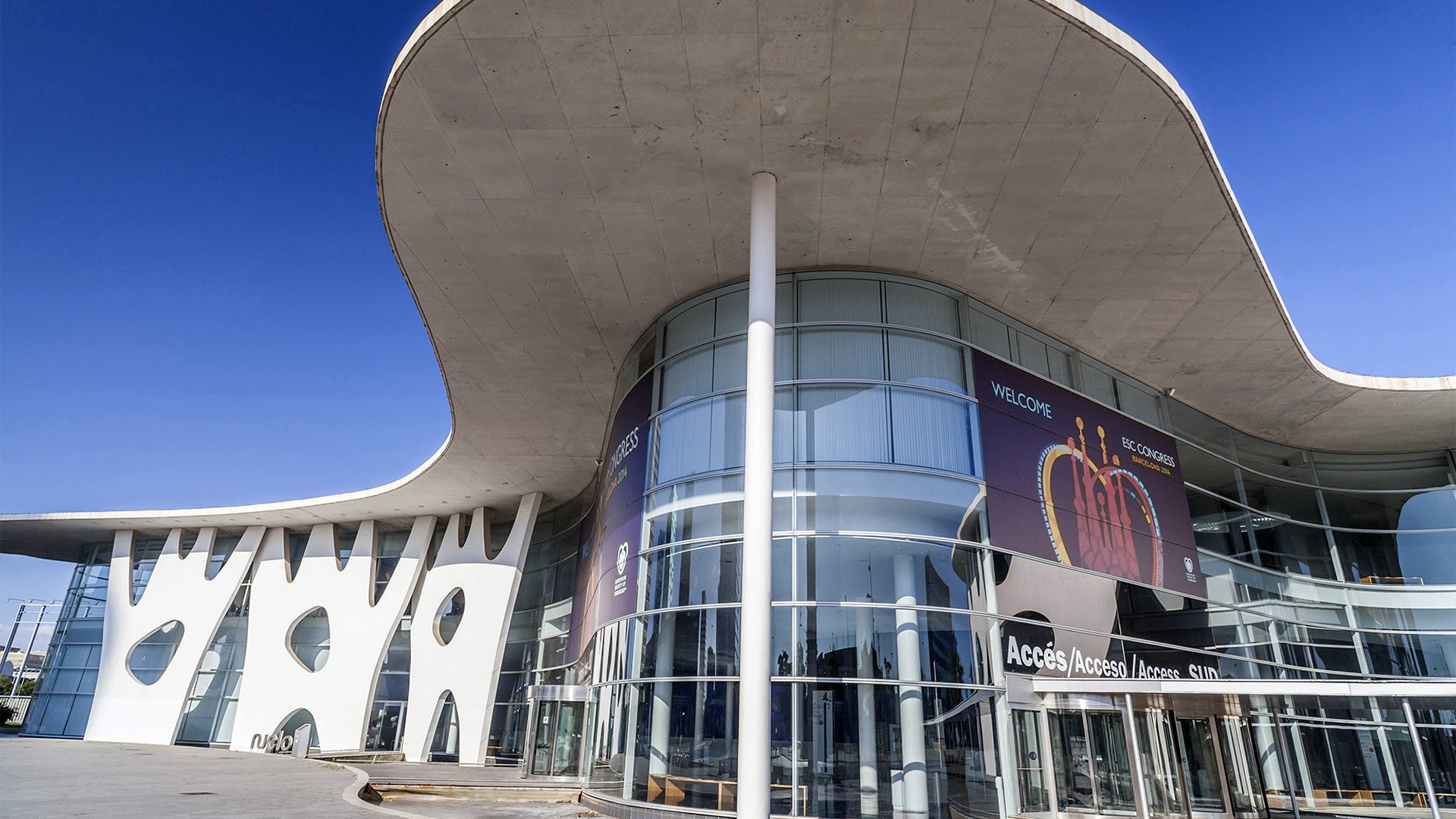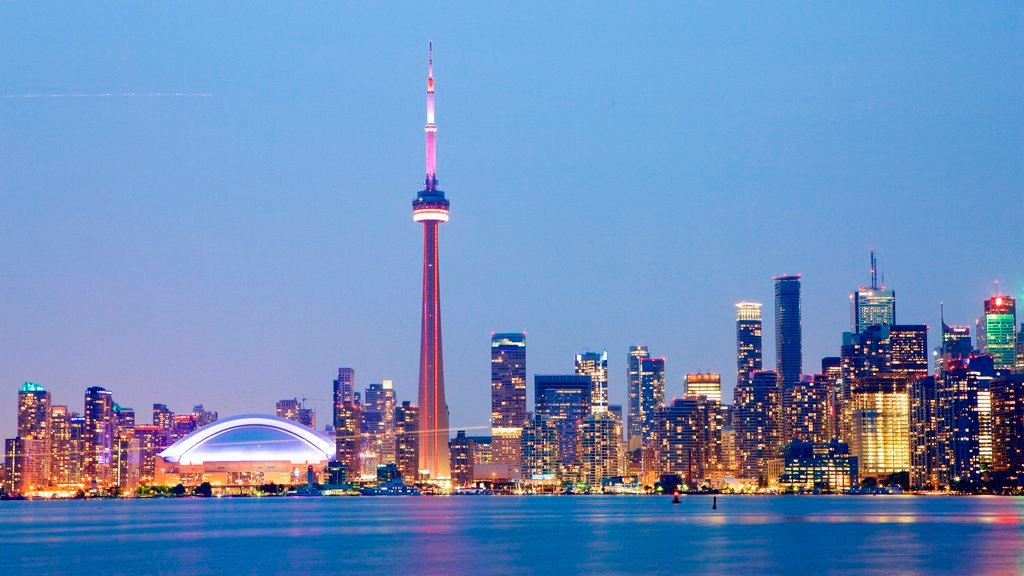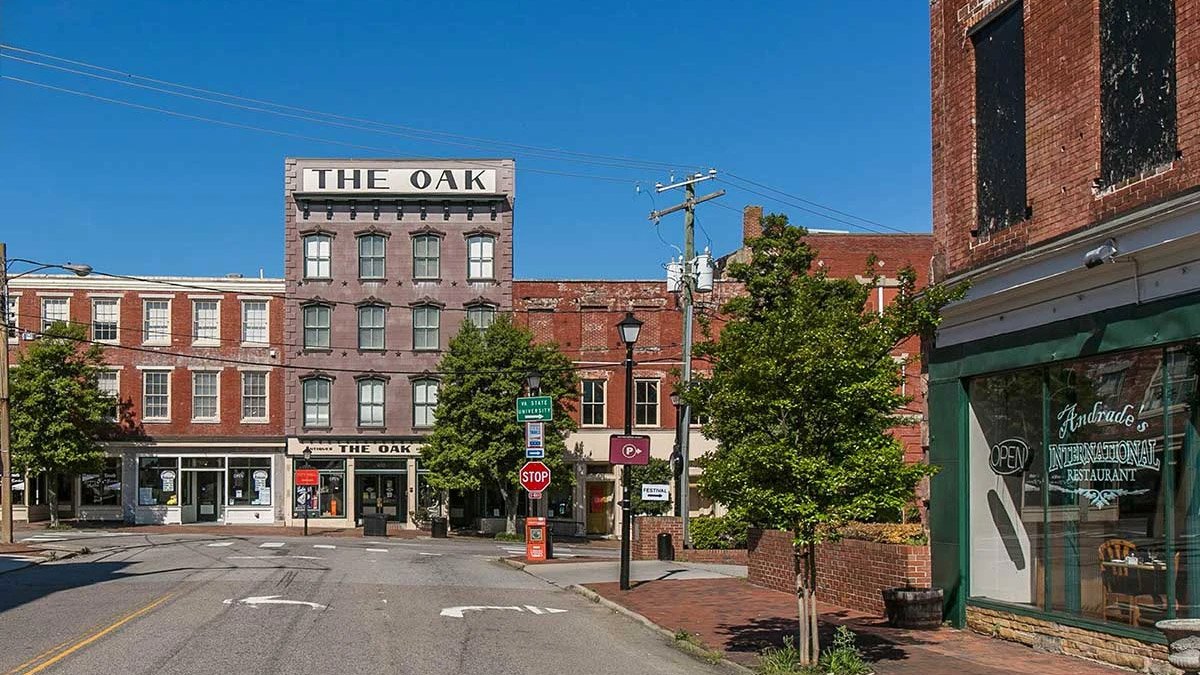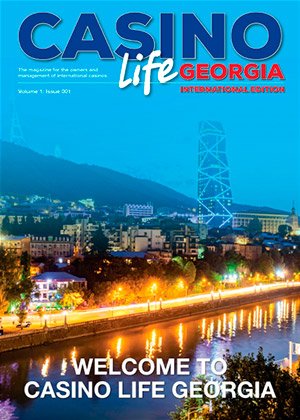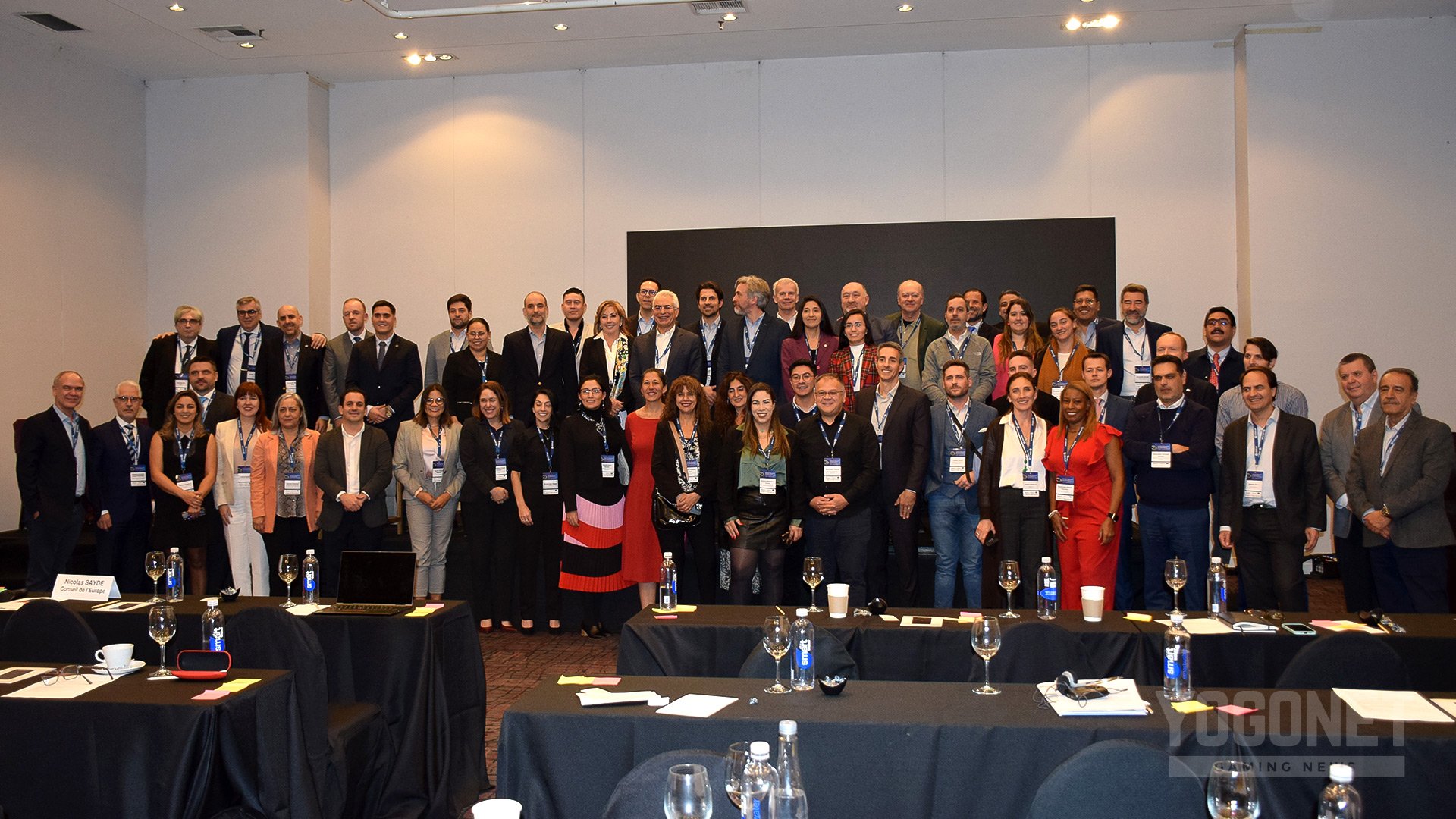US: Casinos going green to save energy and money

Its owners, the Grand Traverse Band of Ottawa and Chippewa Indians, are among a growing number of casino builders and operators interested in environmental stewardship.
Among the typical blackjack tables, slot machines and loosen-your-belt buffet, Turtle Creek Casino has unusual features. During daytime, half the casino's lighting comes from skylights. Drinks are served only in glasses: no cans or bottles. Some gamblers are smoking, but the air isn't thick with smoke. And, outside, the roof of Bourbons 72 restaurant sports day lilies, ferns and leafy hostas.
Going green makes business sense as consumers increasingly demand sustainable products and services, said Stephen Knowles, principal designer for Turtle Creek. His Minneapolis-based firm has worked with a number of tribes on casino projects with eco-friendly aspects.
The trend is reaching even casinos in Las Vegas, long criticized by environmentalists for its extravagant use of natural resources. In April, the Palazzo Las Vegas resort became the world's largest building project to receive a Leadership in Energy and Environmental Design, or LEED, certificate from the U.S. Green Building Council. CityCenter, a resort complex under construction in Las Vegas, is among at least 10 casino-related projects nationwide seeking certification.
The council has an extensive rating system for building design, construction and operation. No casinos have been certified thus far; the Palazzo's LEED certificate was just for its hotel. Tax incentives and the prospect of lower electric bills were big motives, said Gordon Absher, spokesman for MGM Mirage, which is developing and co-owns CityCenter.
The us$116 million Turtle Creek opened Tuesday and replaces a smaller casino that will be torn down and mostly recycled. Going green boosted the price of developing Turtle Creek about 10 percent, but tribal leaders expect to save money in the long run. "The sustainability mind-set is affecting all kinds of choices, including what places you want to visit for entertainment," said designer Knowles.
For instance, in nearby Petoskey, when the Little Traverse Bay Bands of Odawa Indians opened a casino resort a year ago in previously open farmland, it planted prairie grass and native tree species and preserved wildlife habitat on the property, tribal chairman Frank Ettawageshik said. The long-range plan is to power the resort at least partly with wind or solar energy.
Casinos typically face a big obstacle to LEED certification: the need to satisfy customers who smoke. LEED requires separate smoking areas and systems to contain and remove smoke and monitor air quality, said Ashley Katz, spokeswoman for the green building council.
Absher said those requirements make the casino the only section of the 76-acre, mixed-use CityCenter project that MGM doesn't expect will qualify for LEED certification, despite the casino's other sustainable features.
It's especially hard to limit tobacco use in a tribal casino, given its iconic status in American Indian culture. But Turtle Creek developers tried to do the next best thing by installing a purifying system. Outdoor air is pumped continuously into the gambling area through vents in the raised floor. Smoky air rises to the ceiling and is piped through filters, cleansed and sent back outside.
Whether Turtle Creek qualifies for LEED or not, the tribe used the green building council's checklist for guidance. Senior construction manager Andrew La Pointe noted slot machines that use half the electricity of conventional models, roads and parking lots made from recycled materials and low-energy, long-lasting light bulbs.
The resort has its own well and a sewage treatment system that purifies 90,000 gallons daily before returning the water to the ground almost as clean as before. It also uses nature's cleanup crew: trees and other plants.
The 2,400-square-foot "green roof" over one section of the building will filter storm water contaminants and provide insulation. In slight depressions on the grounds will be about 100 black willows. They'll be clones of an ancient giant black willow in Traverse City. The species absorbs toxins from runoff before it reaches the groundwater, says David Milarch, founder of the Champion Tree Project.
If the trend catches on, green casinos could be ideal showplaces for environmental stewardship, said Anne Woiwode, director of the Sierra Club's Michigan chapter. "One of the challenges with energy efficiency and green technology is showing people how doable and beneficial it is," she said. "You'll likely be getting that message through to a heck of a lot more people in an entertainment setting than you will in a green office building."


